Like most hunters, I’ve built up quite a selection of hunting gear over the years; most of it sits in boxes in the garage, rarely to see the light of day. I find myself using the same gear repeatedly as it’s proven itself time and again. Good gear brings with it the confidence to push yourself further and stay out longer in more extreme conditions. The following are tips and thought processes to apply when buying gear so hopefully you’ll have fewer boxes in the garage!
Wet-Weather Jacket and Gear
One item of gear you need to make an incredibly careful and informed decision about is your wet-weather equipment, particularly your jacket. Getting this decision wrong could have potentially disastrous consequences if you need to spend a night out in the bush or if you’re caught in one of the Southern Alps’ savage cold fronts.
Stuffing a lightweight thin jacket into a small daypack for a mid-summer hunt in the Kaimanawas requires a totally different garment than the one suitable for Fiordland third-period wapiti adventures. Firstly, ask yourself what your priorities are for your jacket and what’s the main type of use it’ll see – then put those in order of importance; this’ll help you narrow down the types of garments that would ideally suit you.
The main factors to consider are:
• Warmth
• Comfort
• Durability
• Weight
• Price
Warmth/Comfort/Durability
If your most important factors were warmth, comfort and durability, then you’re looking at more substantial garments that are often lined or filled with an insulation layer. They’re usually a bit heavier but often made of more robust material.
Conversely, if you need to wear your jacket in warmer, sun-shower-type rain, then some of the insulated jacket are going to be far too warm.
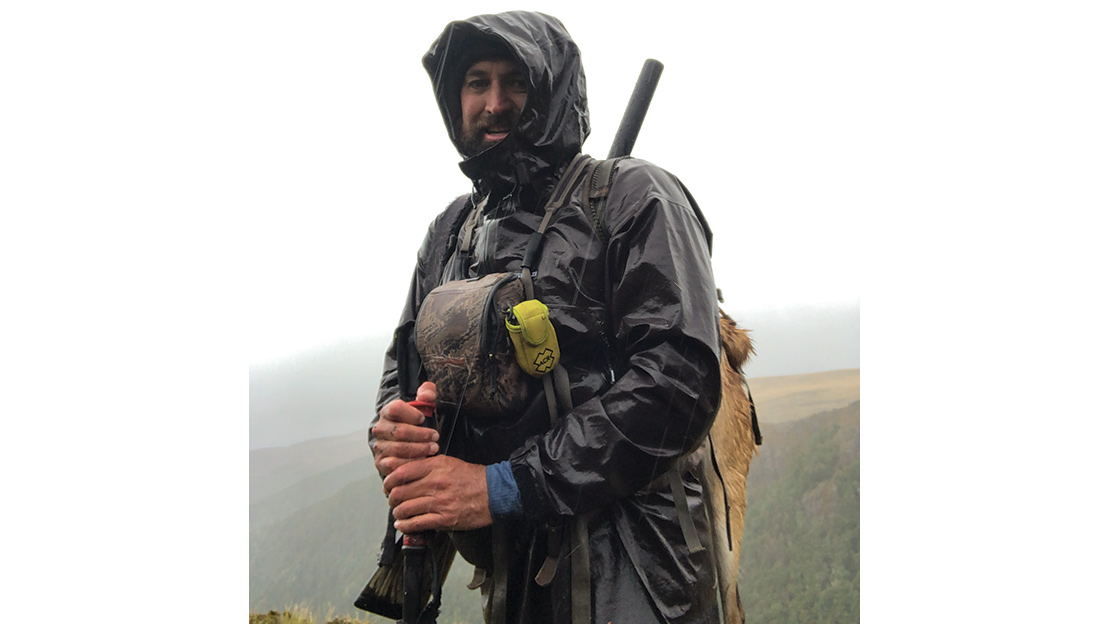
Weight
You might wonder why weight is in its own category … it’s because generally, if weight and stowability are your most important factors, then the weight loss usually comes at the cost of comfort and warmth – and sometimes durability. Lightweight jackets have two especially important roles: obviously, they must keep you dry, but they must also break the wind. If they do these two things well, you have an excellent jacket. They’re great to shove in your daypack without taking up too much room; however, be aware you need to understand layering well, and you need to realise a lightweight jacket isn’t going to survive a thrashing in the same way as its heavier cousins will. The Stony Creek Stowit jacket or the Swazi Tahr Ultralight jacket are both great examples of solid lightweight jackets.
Price
If price is your most important factor, then you’re limiting the number of garments available. However, in New Zealand, you have one saving grace: a fantastic company which has some great options in the economy to mid-range bracket called Ridgeline. Another option is Kathmandu, a company which offers opportunities to grab some good gear at one of their many sales. Often their wet-weather gear is comparable to hunting equivalent garments – but if something is labelled ‘for hunting use’, it seems to add $200 to the price!
In summary, my personal mantra for wet-weather gear is … the simpler the better. A pullover anorak with no front zip, not too many pockets and a robust hood is my ideal, because over the years, I’ve found the more complicated the construction of a garment, the more likely it is to have something fail. Also, fewer seams and zips mean more waterproofness in general. Over time, you’ll need to apply waterproof treatments to keep the seals and material working as they should.
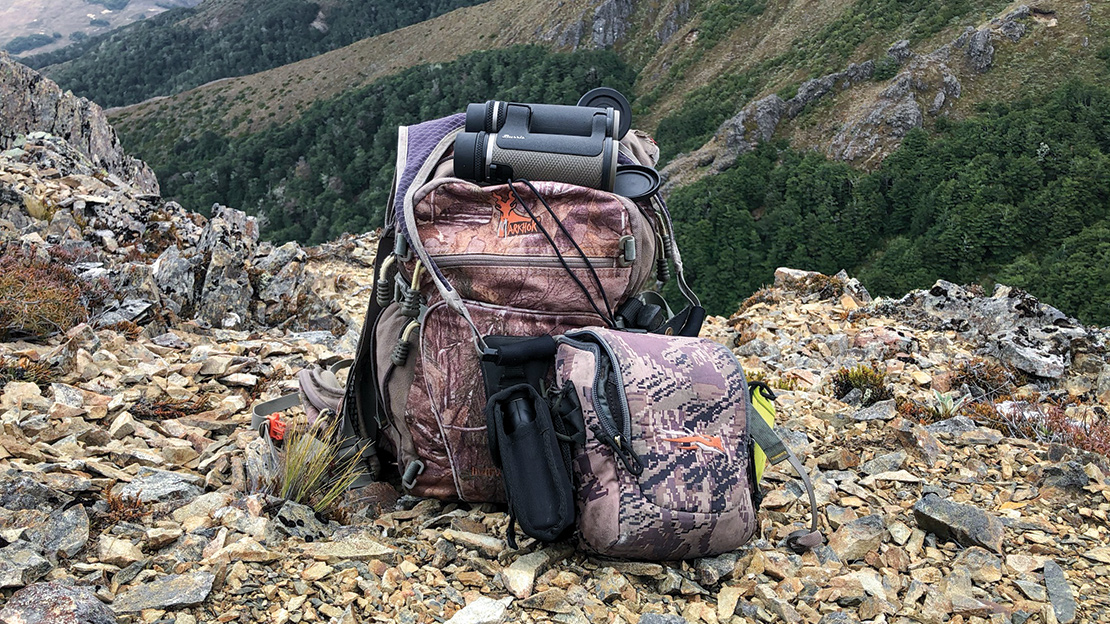
Bino Harness
One great development that’s grown in popularity over the last decade is the bino harness. The days of tucking the binos into your Swanndri are over, and without being disrespectful to the nostalgia of a swannie, it’s for a good reason: bino harnesses are the most comfortable way to carry your expensive glass. Here’s a couple of considerations for selecting the right harness for you:
• I carry a simple slim harness, so it doesn’t get in the way too much for prone shots. A bulky harness will need to be unclipped or pushed to the side to take a comfortable prone shot.
• Some newer models allow pouches for PLBs and rangefinders, etc. This is a great feature, but if the weight it carries is on the heavy side, make sure the straps will be comfortable under load. In any load-bearing equipment, heavy weight plus thin shoulder straps is a bad combination.
• Slots to store some extra ammunition or lens cloths are a good feature.
• Magnetic fasteners are a great feature but if the magnet is too weak, be aware of the chance your binos might fall out. Most good harnesses will have a tether to attach to your expensive binos!
Boots
Of all the gear recommended, nothing probably brings more controversy and debate than boot choice, and there’s a good reason for that. We all have such different gaits and foot dimensions; two same-sized men who wear size-10 wide boots can have dramatically different experiences from the same pair of boots. What feels good when you walk the compulsory 10-metre stroll through the hunting store can be crippling on the hills after 10km.
Quality and construction are different – that’s under the control of the buyer, and this is where you can make smart decisions. Here are some considerations:
• Ankle support/stiffness – alpine and mountain boots will generally have more support around the ankle and will effectively lock this joint. This is great for rough/rocky terrain; however, when you’re sneaking around in the bush, this’ll be a big negative factor. Bush stalkers need to be able to move their ankles freely in order to tread quietly and place their feet carefully.
• Shank rigidity – how flexible is the sole of the boot? Again, a mountain boot will usually be stiffer, whereas an all-rounder or bush boot will be more flexible. Flexibility gives you freedom of movement, but stiffness gives you support and confidence in rough ground.
• Sole construction – this mostly comes into play if you need the extra aggressive tread needed to manoeuvre on slippery slopes. You’ll find most hunting boots’ soles are more than adequate.
• Rand – this is the rubber protective coating around the sole of the boot; it provides extra protection and waterproofing. Many boots will come with a rand that just covers the toe or half the boot. When they’re constructed properly, rands are a great feature and often prolong the life of your boots.
• Be aware if you want to hunt in alpine areas during winter, you may need boots that can be fitted with a crampon. Crampons are accessories that add tough metal spikes to the soles of your boots and need to be attached to a specific boot to be fitted properly – this ensures you don’t damage the boot and that they work correctly.
Research is particularly important to find the right boot for you. Go online and do your homework but remember there’s an element to boot fit and comfort that you cannot get from a review.
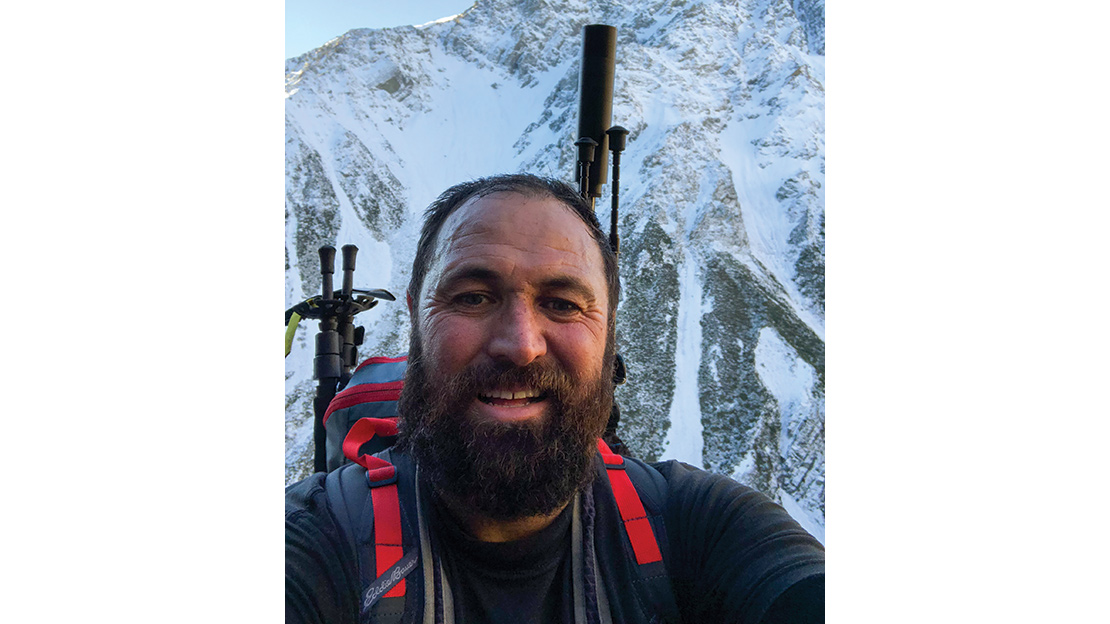
Pack
A solid, trustworthy, comfortable pack is a must-have. I have one I use for two- to three-night trips and one I use for extended hunts. There’s lots to consider with packs and, like boots, a lot of variation from person to person. Take the Tatonka Bison – I have a number of hunting friends who love it and the same number who cannot use it. It’s down to your own personal preference.
Following are some considerations when buying your pack:
• A good wet-weather cover is essential and often overlooked. Unless your pack is highly waterproof, it’ll hold water in rain making it heavier and more uncomfortable. A rain cover weighs next to nothing – it’s easy to fit when needed and easy to stow when not.
• Lightweight frames are one area a pack will attempt to save weight; but beware if you do extended ultra-hunting expeditions with a heavy load – most of the lightweight packs were never designed to carry those weights.
• External pouch design is very much personal preference. I like to have certain items at hand ready to put on as well as some cooking gear ready for a quick cup of tea; external pouches allow you to access these items without having to open and shut your pack every time.
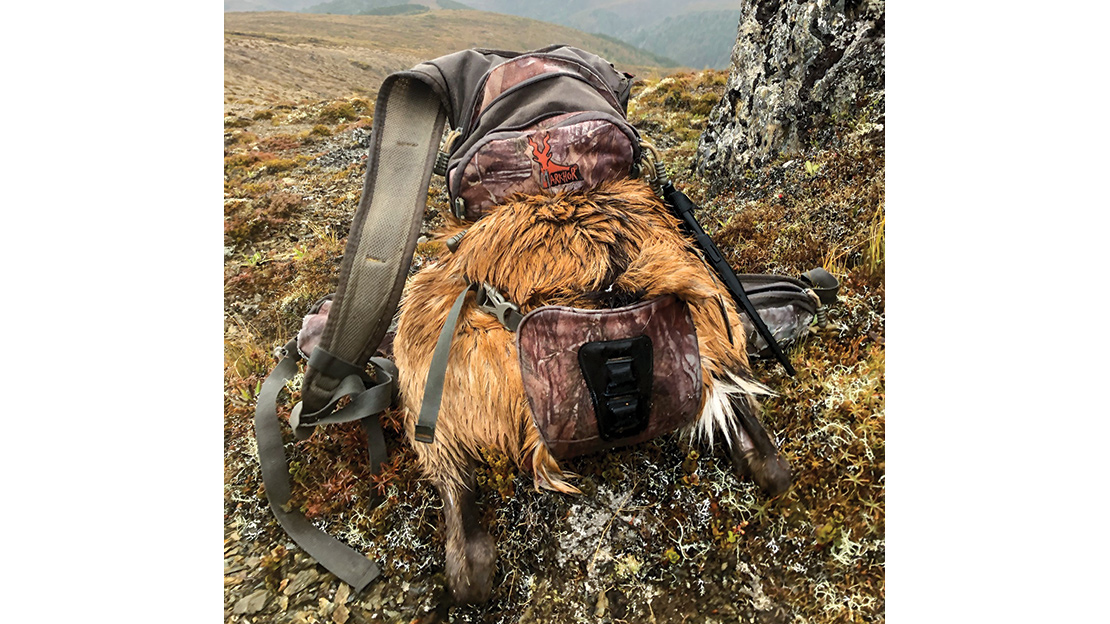
Lightweight vs Light Wallet
The quest for ever lighter gear comes at a cost. For some of you, shaving grams off your gear is not a concern – perhaps you’re part mountain goat like Ben Brown! But for others, the world of lightweight and even ultra-lightweight equipment is of interest, especially if you’ve picked up a few injuries over the years. Here are some considerations when buying lightweight gear:
• Whether it’s wet-weather gear or a pack, removing weight often means less robustness. Is the lightweight piece of equipment going to stand up to the type of use you’re intending? For example, a lightweight pack will often have a frame made with lightweight material. If you like packing out whole mature red stags, will that frame handle the weight? If you go for a lightweight wet-weather jacket, will it handle thrashing through matagouri with a pack rubbing on the shoulders?
• Due to the extra research and development needed, often the good weight-saving gear will be expensive. If it claims to be ultra-lightweight but is cheaper than a normal alternative, beware – it’ll probably be rubbish!
Whether its ballistics or wet-weather jackets, there are no ‘free rides’, team – removing material and weight from equipment or garments will have an impact. You, the buyer, will have to ascertain the right balance for you.
Summary
There’s a dizzying array of hunting gear available. Making smart, informed choices means asking yourself what kit you need and what capabilities it must provide – then ask around and research before you buy. I’ve talked about some of my basic hunting gear and the reasons and thought processes behind why I chose each item. Over the years, you’ll probably have many different rifles and items of hunting gear, and you’ll find you always go back to the same types of gear – the gear that does exactly what you want in the types of terrain and conditions in which you hunt.
Over the years, you may also need to send gear back after a malfunction and thus get to know which companies are best and honour their warranties – this is also an important factor. Eventually, you’ll end up with a gear list that lets you explore and hunt with confidence in any conditions you want to go out in.

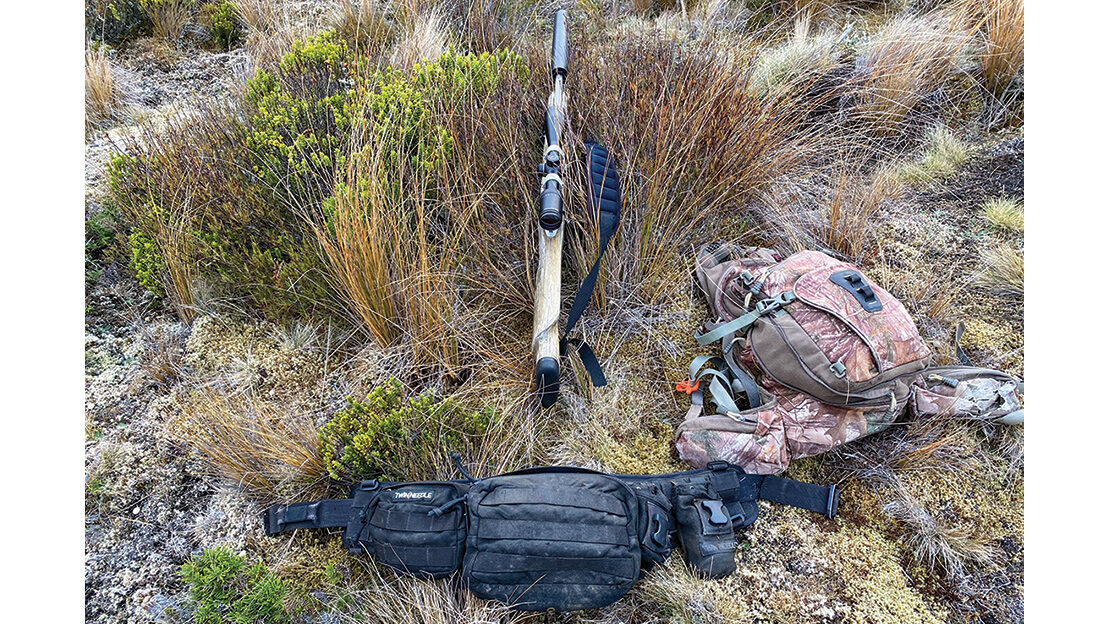
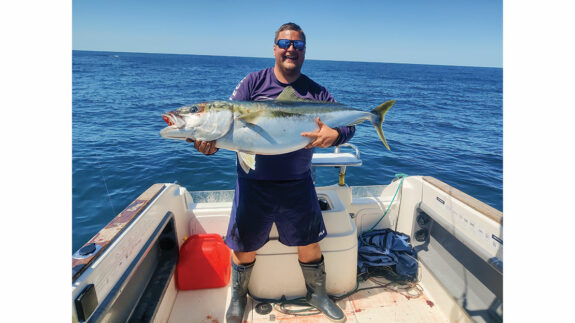
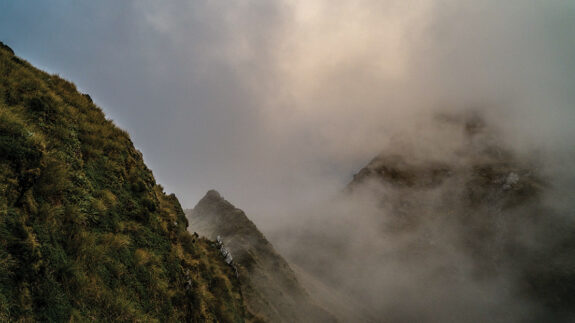

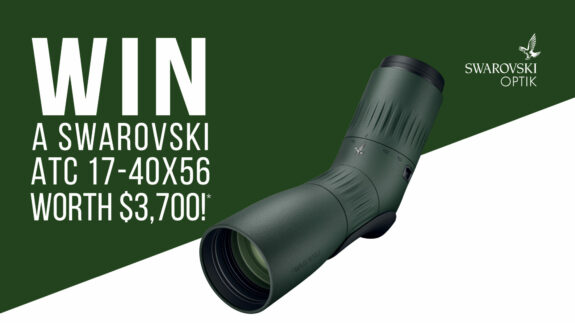
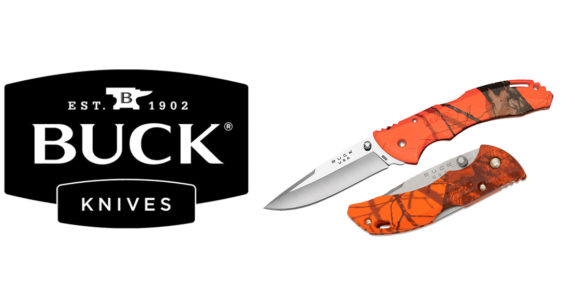
SHARE YOUR BEST PICS #NZRODANDRIFLE